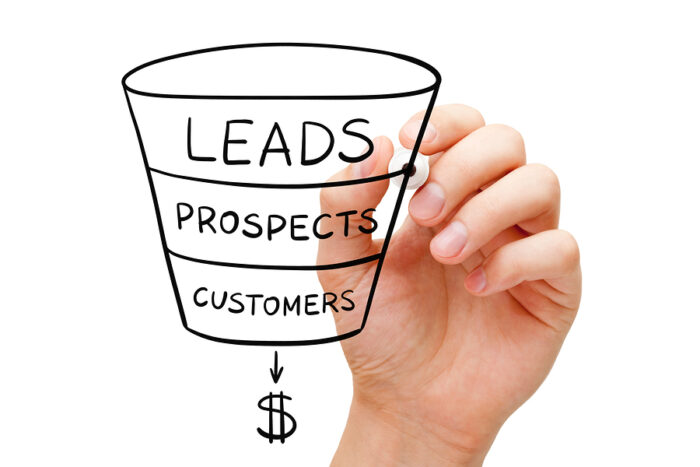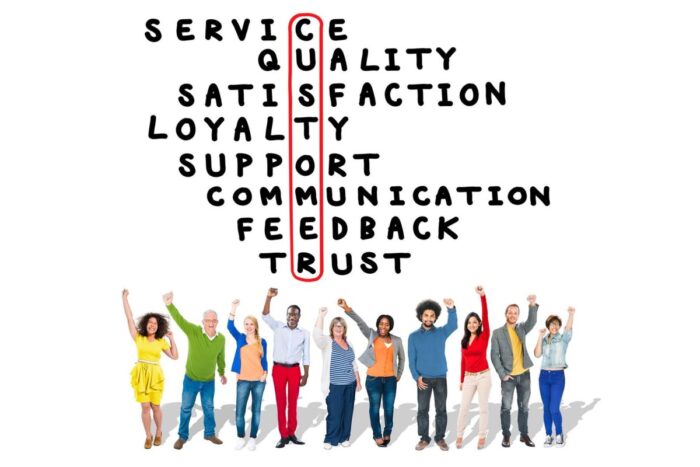
It’s no secret that businesses need customers to survive and thrive. However, it can be expensive and time-consuming to acquire new customers. That’s why tracking your customer acquisition metrics and optimizing your marketing efforts accordingly is essential.
The following are the top 13 customer acquisition metrics for B2C.
1. Customer acquisition cost (CAC)
Acquiring new customers costs money, and CAC is a key metric that can help businesses determine how effective their marketing strategies are at attracting new customers. This metric reflects the money spent on acquiring customers, including paid and unpaid advertising efforts.
2. Acquisition funnel

Also known as the customer acquisition funnel or conversion funnel, it is a leading b2c customer acquisition metrics that measure how many potential customers you’ve attracted through your marketing efforts versus how many of those leads eventually become paying customers. By tracking this metric over time, you can see where you may lose potential customers along the way and make adjustments accordingly.
3. Conversion rate
Once you’ve acquired new leads through your marketing efforts, measuring their success in becoming paying customers is crucial. One common way to do this is to track your conversion rate, which is the percentage of total leads that end up converting into paying customers. This metric can be calculated by dividing the number of sales or transactions by the number of clicks on your website.
4. Revenue per customer
Once you’ve achieved a steady flow of new customers, measuring how much revenue each one brings in is crucial. By tracking the average revenue per customer over time, you can get a sense of whether your marketing efforts are successfully attracting high-value customers.
5. Repeat purchase rate

In addition to measuring your overall acquisition funnel and average revenue per customer, it’s also essential to track how often your current customers make repeat purchases. This helps you gauge whether they’re satisfied with their experience so far and can also indicate whether your marketing efforts are successfully getting them to come back for more.
6. Affinity score
Affinity score measures the likelihood that a customer will recommend your business to others. If you see that this metric is low, it may be a sign that you need to improve your customer experience and work on developing more positive relationships with your customers.
7. Customer lifetime value
CLTV is another key metric that can help you measure the overall value of your customers over time. By tracking this metric, you can see how much revenue each customer is likely to generate for your business in total and use it to justify current marketing efforts and future investments.
8. Order frequency

This metric measures how often customers make repeat purchases and can be a crucial indicator of customer satisfaction. If your order frequency is low, it may be a sign that you need to improve the quality of your products or services or work on creating stronger relationships with your customers.
9. Retention rate
Along with measuring order frequency, tracking your retention rate over time is essential. This metric reflects the percentage of customers sticking around at each stage in their customer journey. It can help you identify any potential issues driving them away from your business.
10. Mindshare score
This metric measures how many potential customers have heard about your brand. Tracking this metric over time can help you measure your overall marketing effectiveness and identify areas where you could improve your outreach efforts.
11. Customer Advocacy

The other key metric focuses on customer advocacy, which measures how many customers actively promote your products or services. Measuring this metric over time can give you a sense of how well your current marketing strategies resonate with potential customers and can also help you identify any weaknesses that might be driving them away from your brand. With these metrics in mind, you can work towards optimizing your customer acquisition efforts and achieving success with B2C customers.
12. Average order value
This metric measures how much revenue each customer generates for your business. By tracking this metric over time, you can get a sense of whether your marketing efforts are successfully bringing in high-value customers who will spend more with your business.
13. Net promoter score
NPS is another critical metric to track when acquiring new customers. It measures the likelihood that a customer will recommend your brand to others and can be a valuable indicator of customer satisfaction.
There are several customer acquisition metrics to track for B2C businesses. Whether you’re just starting out or looking to optimize your existing strategies, these metrics offer valuable insight into how well your marketing efforts are performing. So be sure to focus on measuring and optimizing these key metrics as you work to acquire new customers and build long-lasting relationships with them.








